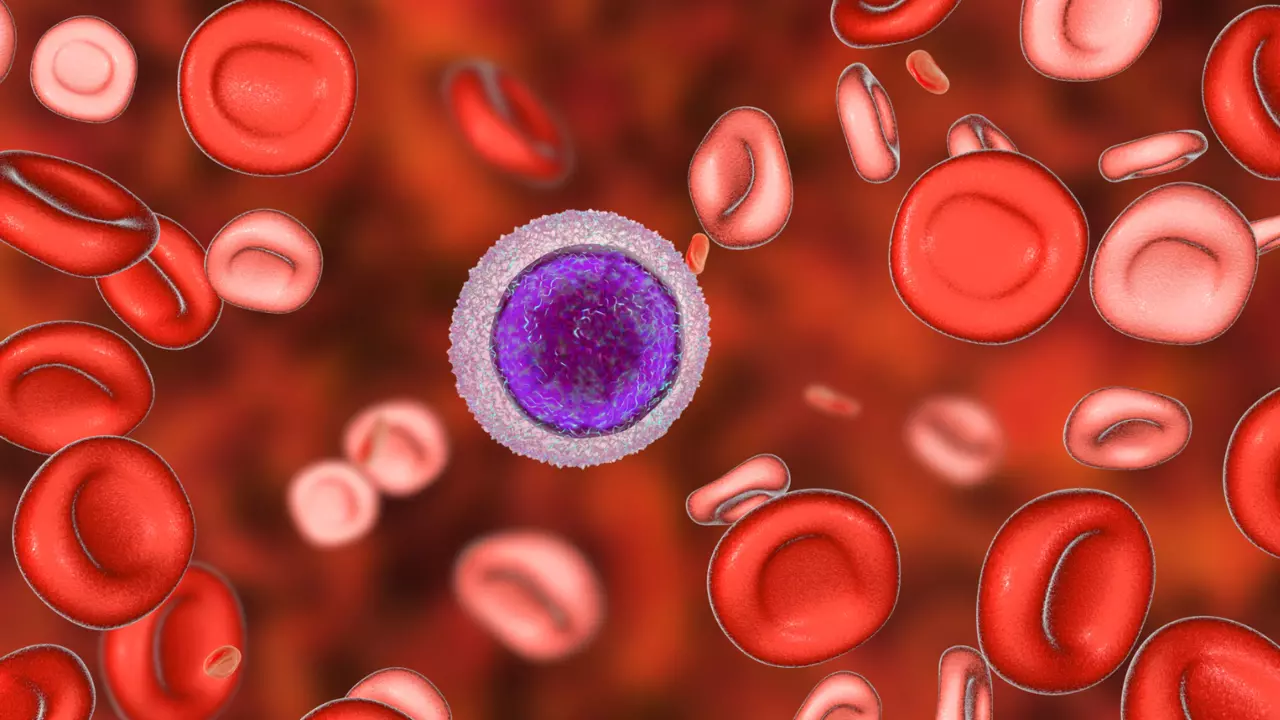FLCN Regulates Iron Homeostasis
3 Dec 2023
Birt-Hogg-Dubé syndrome (BHD) is caused by a mutation in a gene called Folliculin (FLCN). FLCN is involved in numerous cellular process throughout the body including cell growth and proliferation, stress resistance, and autophagy (controlled cell death), however we still have a lot to uncover. A recent study by Wang et al., suggests FLCN is also involved in iron homeostasis.
Wang et al., discovered that FLCN was involved in the Rab11a pathway, which transports and recycles proteins within a cell. During this research they incidentally found that folliculin also bound to Transferrin Receptor 1 (TfR1) a protein involved in iron homeostasis. Iron is a mineral that the body requires to stay healthy. It is involved in oxygen delivery, energy production and DNA metabolism. Too little or too much iron can result in harmful side effects and therefore the body has mechanisms in place to ensure iron levels are tightly controlled including TfR1. TfR1 sits on the surface of cells, acting as a sentry, waiting to bind passing iron and bring it into the cell. Once the iron is released within the cell, TfR1 is recycled and returns to its role of sentry. If iron levels are low, Hypoxic-Inducible Factor (HIF) proteins, increase the transcription of TfR1 to recruit more to the cell surface.
Wang et al., investigated the relationship between TfR1 and FLCN using human kidney cancer cells in vitro. They found that FLCN increased the binding of TfR1 and Rab11a and suggested that FLCN may act as a scaffold to facilitate transportation. They then knocked down Folliculin, reducing its expression in the kidney cancer cells. This caused a reduction in TfR1 recycling and therefore less TfR1 was present on the cell surface to capture iron, leading to iron deficiency. Additionally Wang et al., hypothesized that the increase in HIF, which has been suggested to be linked with tumor formation in BHD(4), may be caused by iron deficiency. They discovered that HIF proteins increased in the FLCN knockdown cells and that this increase could be reversed with iron supplementation, supporting the idea that it is linked with iron deficiency. Lastly, Wang et al., used an animal model for BHD in the fruit fly Drosophila and found that an iron rich diet reversed the BHD phenotype.
Altogether Wang et al., demonstrated that FLCN is involved in iron homeostasis in kidney cancer cells and provide further evidence that folliculin is involved in multiple cellular processes. Future studies are required in other cell types and animal models to determine if iron homeostasis is a conserved function of FLCN throughout the body and whether proteins involved in iron homeostasis could be targeted therapeutically to inhibit HIF activation and therefore tumour growth in BHD.
- Wang X, Wu H, Zhao L, Liu Z, Qi M, Jin Y, et al. FLCN regulates transferrin receptor 1 transport and iron homeostasis. 2021 [cited 2021 May 5]; Available from: https://doi.org/10.1016/j.jbc.2021.100426
- Zhao L, Ji X, Zhang X, Li L, Jin Y, Liu W. FLCN is a novel Rab11A-interacting protein that is involved in the Rab11A-mediated recycling transport [Internet]. Vol. 131, Journal of Cell Science. Company of Biologists Ltd; 2018 [cited 2021 May 7]. Available from: https://pubmed.ncbi.nlm.nih.gov/30446510/
- Preston RS, Philp A, Claessens T, Gijezen L, Dydensborg AB, Dunlop EA, et al. Absence of the Birt-Hogg-Dubé gene product is associated with increased hypoxia-inducible factor transcriptional activity and a loss of metabolic flexibility. Oncogene [Internet]. 2011 Mar 10 [cited 2021 May 6];30(10):1159–73. Available from: /pmc/articles/PMC3787473/
